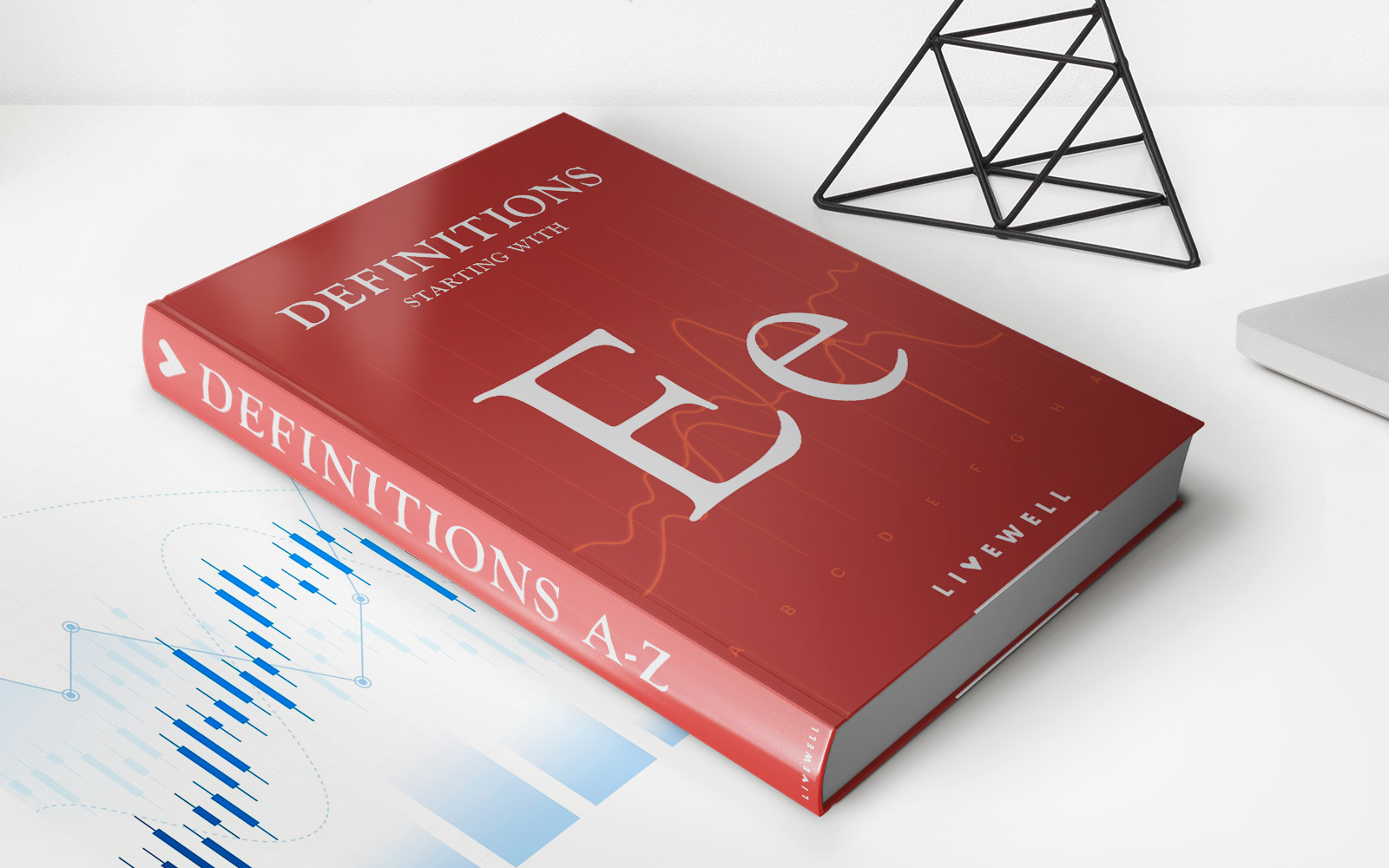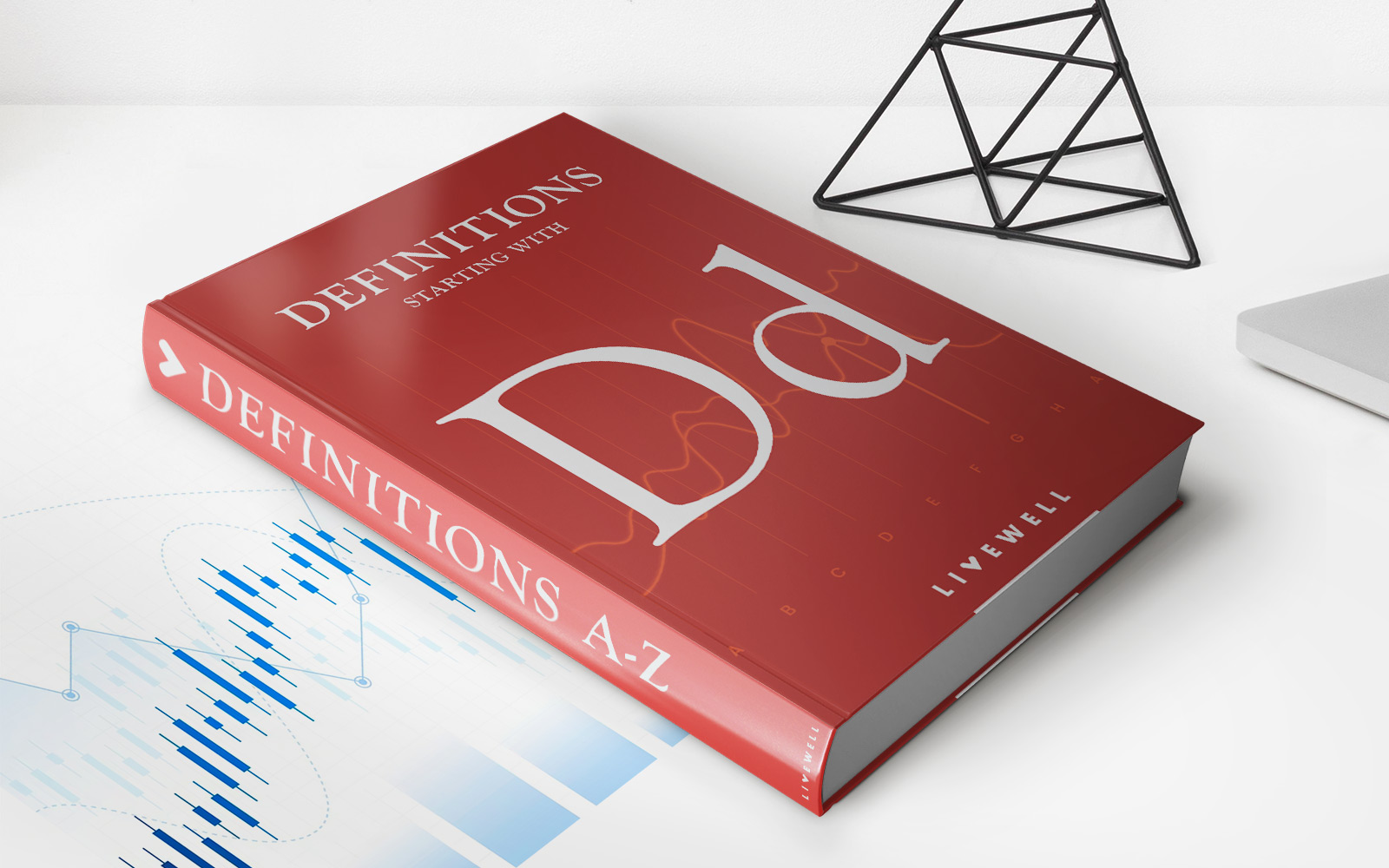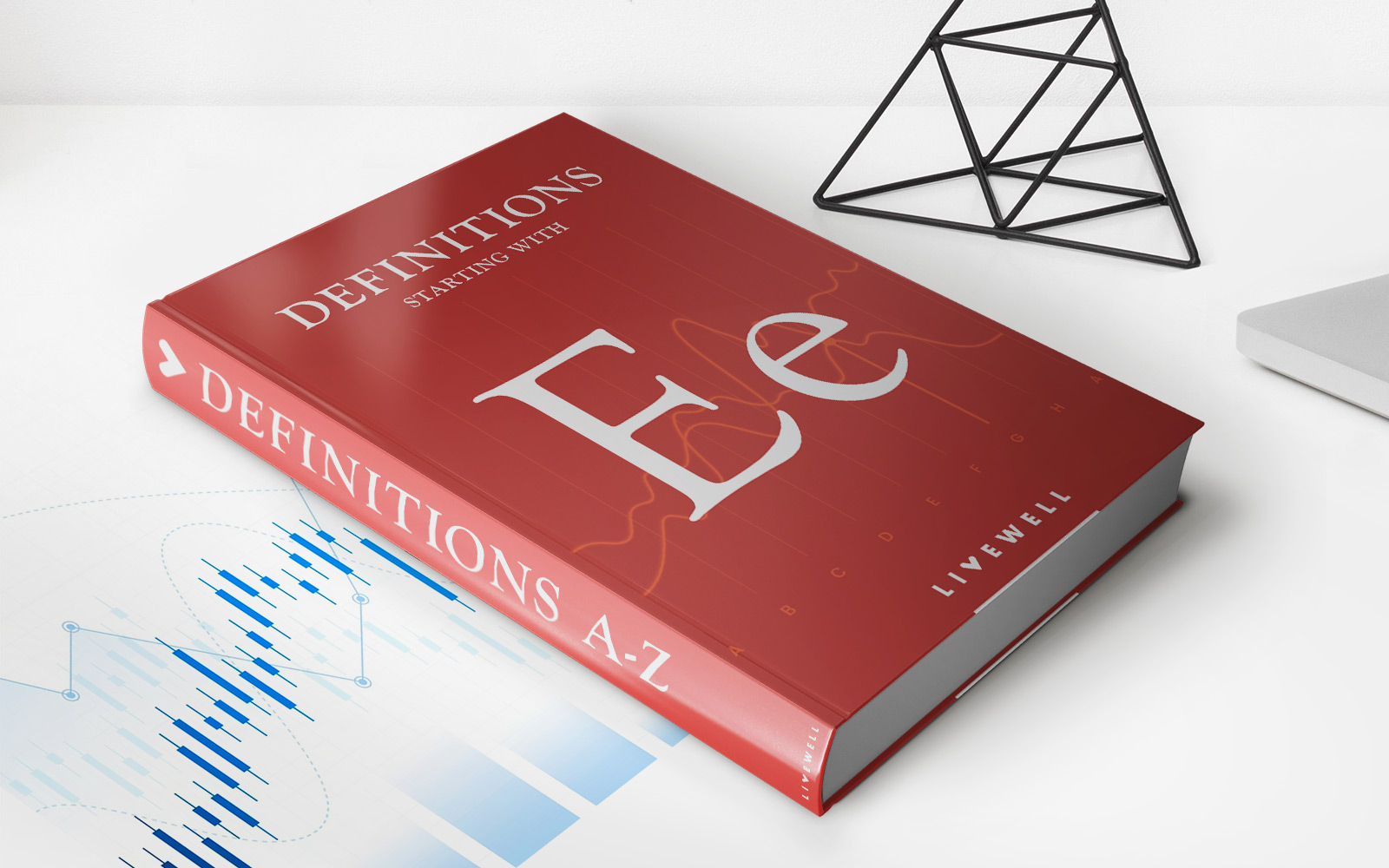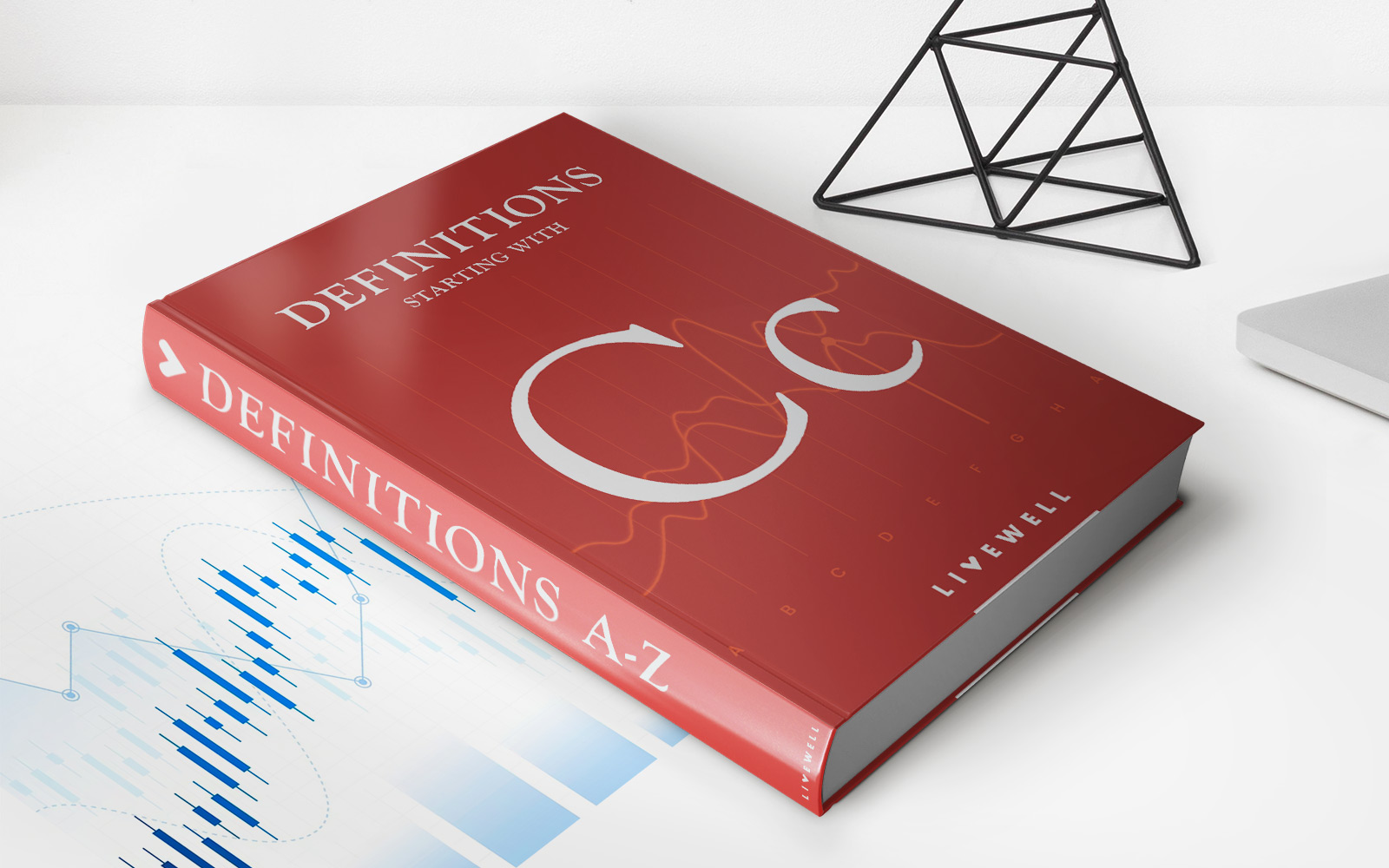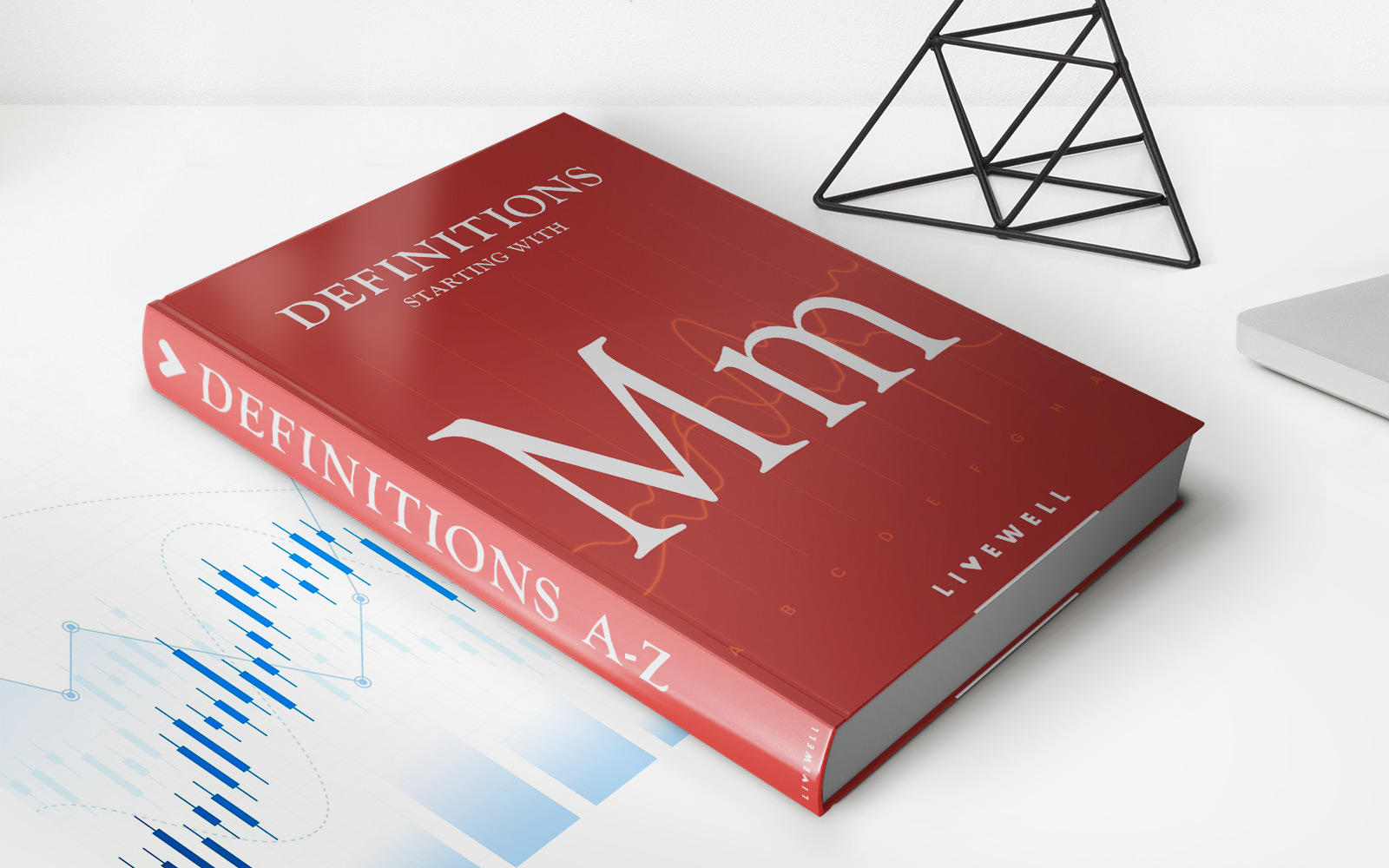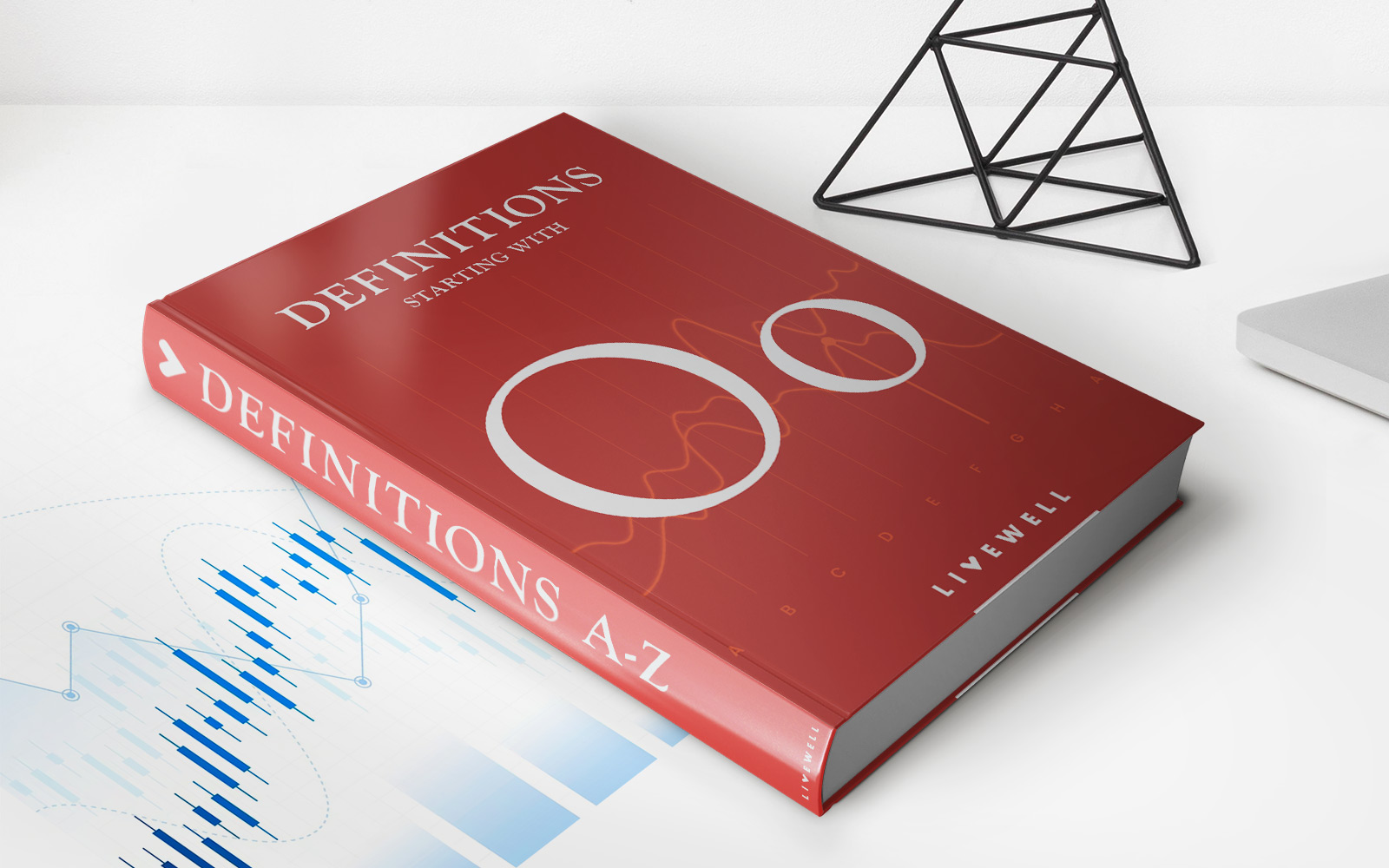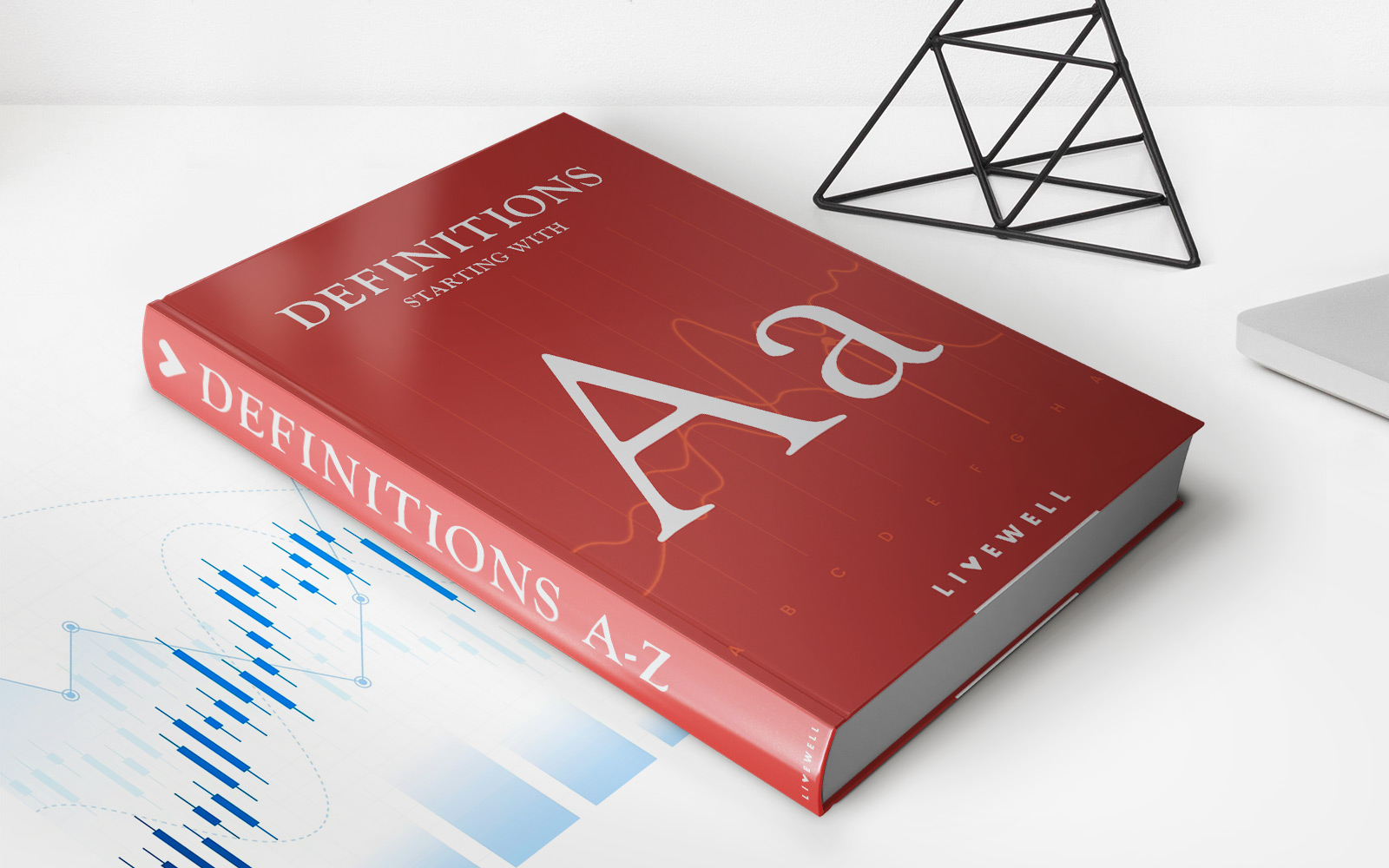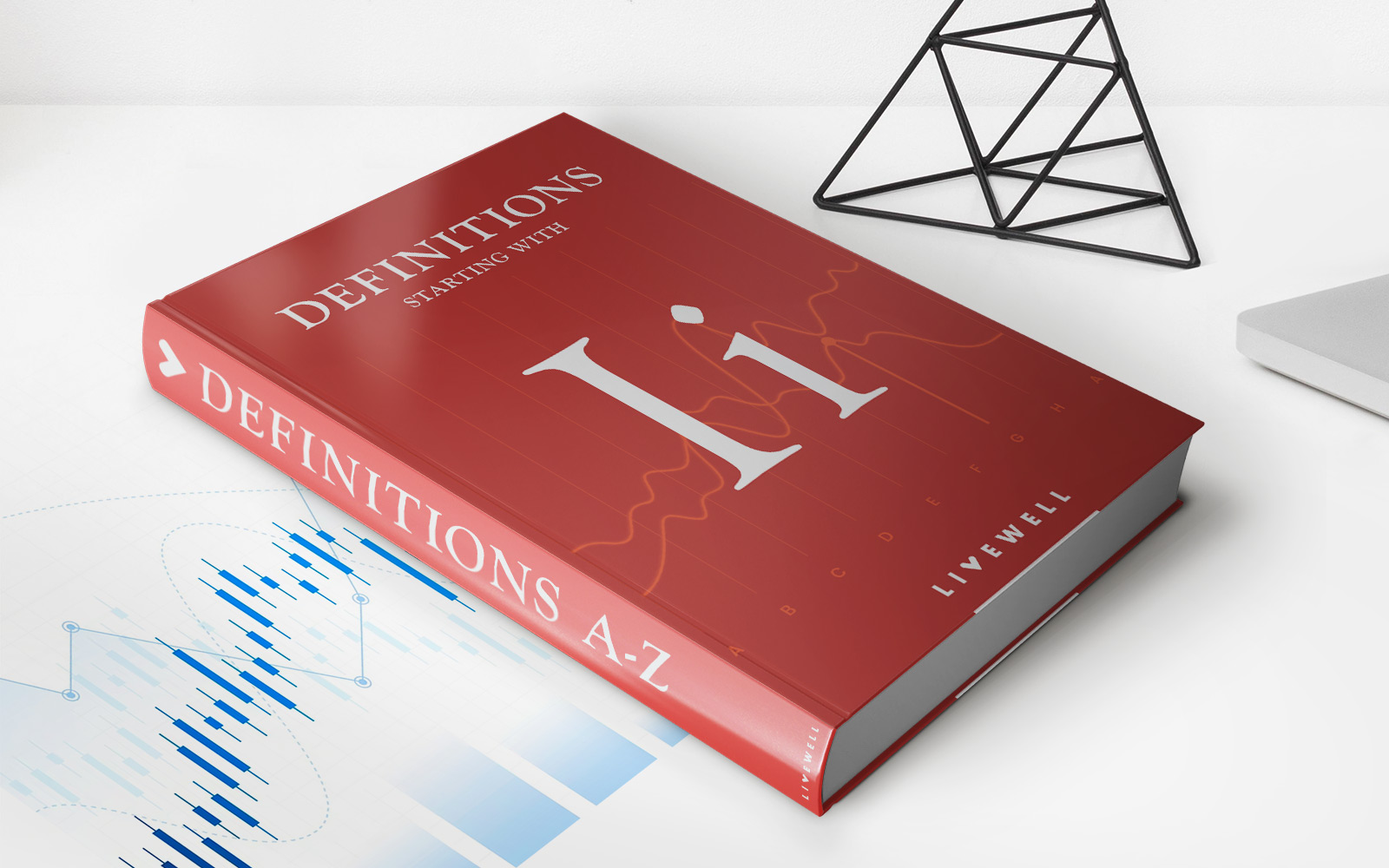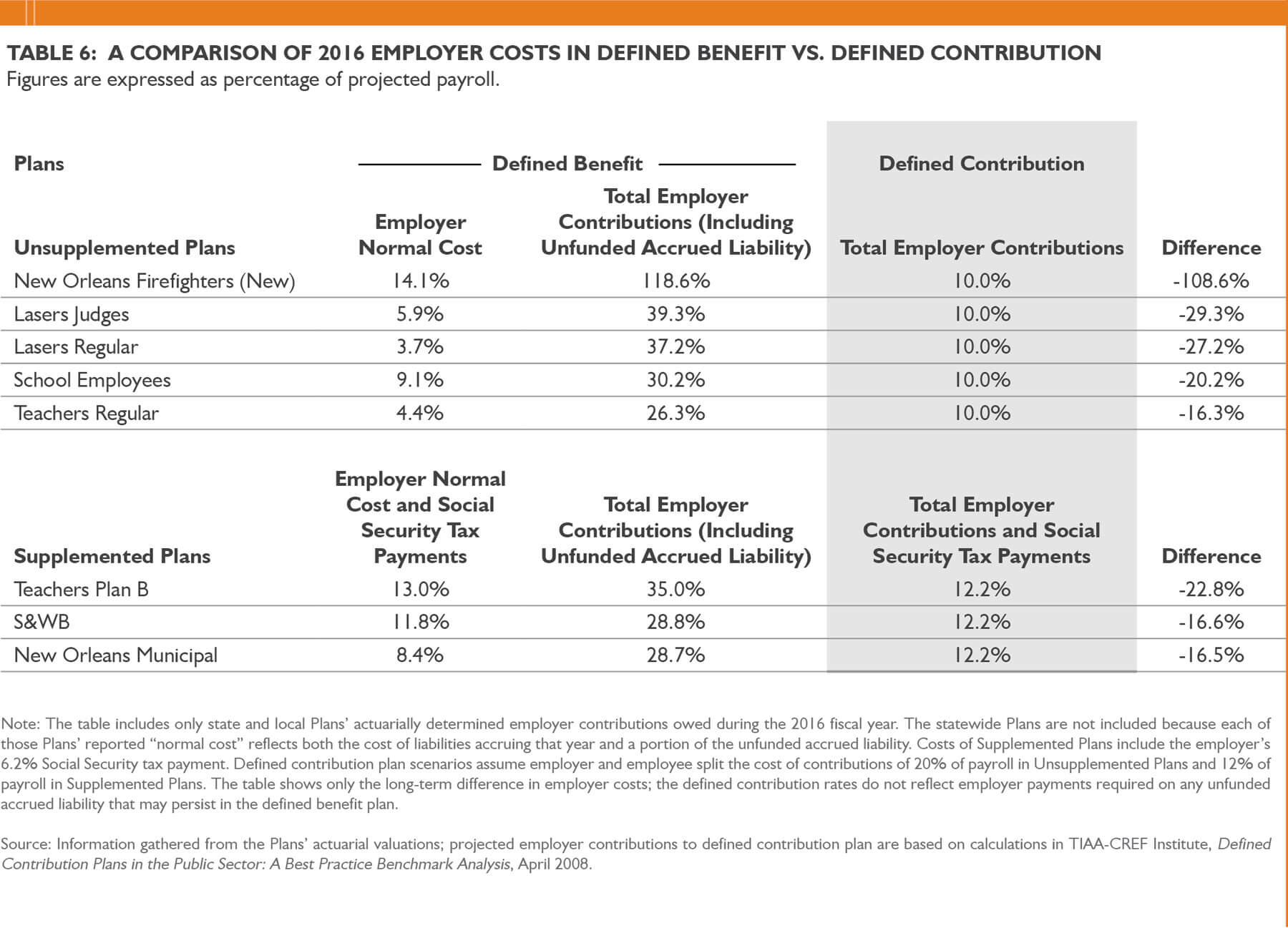

Finance
What Is Exclusion In Insurance
Published: November 21, 2023
Learn about exclusion in insurance and how it affects your finances. Understand the importance of exclusions and their impact on your insurance coverage.
(Many of the links in this article redirect to a specific reviewed product. Your purchase of these products through affiliate links helps to generate commission for LiveWell, at no extra cost. Learn more)
Table of Contents
Introduction
Insurance plays a crucial role in protecting individuals and businesses from potential financial losses. It provides peace of mind by offering coverage for a wide range of risks and uncertainties. However, it’s important to understand that insurance policies are not without limitations. One such limitation is the presence of exclusion clauses.
Exclusion clauses are provisions in insurance policies that specify certain types of losses or events that are not covered by the policy. These exclusions serve as a way for insurance companies to mitigate their risks and maintain the sustainability of the insurance system as a whole.
While exclusions may seem like a disadvantage to policyholders, they are an integral part of insurance contracts and serve a purpose. Understanding the concept of exclusions and their implications is crucial for policyholders to make informed decisions when purchasing insurance and to manage expectations regarding coverage.
In this article, we will delve into the definition of exclusion in insurance, explore the different types of exclusion clauses, highlight some common exclusions found in insurance policies, discuss the importance of exclusions, and provide guidance on how to navigate and understand exclusions in insurance policies.
By the end of this article, you will have a better understanding of the role exclusions play in insurance and how they can impact the coverage provided by your insurance policy.
Definition of Exclusion in Insurance
In the context of insurance, an exclusion refers to a provision in an insurance policy that specifies certain types of losses or events that are not covered by the policy. It defines the boundaries of coverage and outlines the specific circumstances or risks that the insurance company will not be responsible for.
Exclusion clauses are included in insurance policies to limit the insurer’s liability and mitigate potential losses. They are designed to protect the financial stability of the insurance company by excluding risks that are either too costly to cover or fall outside the intended scope of the policy.
The explicit purpose of exclusion clauses is to clearly identify and communicate what is not covered under the insurance policy. By defining the limitations of coverage, exclusion clauses help to manage the insurer’s risk exposure and prevent policyholders from making claims for losses that are not within the intended scope of the policy.
Exclusion clauses can take various forms and can be specific to the type of insurance policy, such as life insurance, health insurance, auto insurance, property insurance, or liability insurance. These clauses can be written broadly to exclude entire categories of risks or they can be more specific, excluding specific events or circumstances.
It is important for policyholders to carefully review and understand the exclusion clauses in their insurance policies. By being aware of these exclusions, policyholders can make informed decisions about their coverage and manage their expectations regarding the scope of protection provided by their insurance policy.
Types of Exclusion Clauses
Exclusion clauses in insurance policies can vary in terms of their wording and scope. They serve to exclude specific risks or events from coverage. Here are some common types of exclusion clauses:
- Named Perils Exclusions: These exclusions explicitly list specific perils that are not covered by the insurance policy. For example, a property insurance policy may have exclusions for earthquakes, floods, or acts of war.
- Pre-Existing Condition Exclusions: In health insurance, pre-existing condition exclusions can limit coverage for medical conditions that existed prior to the policyholder’s coverage. These exclusions may have waiting periods before such conditions are covered.
- Intentional Acts Exclusions: Insurance policies typically exclude coverage for losses or damages caused intentionally by the policyholder. This includes acts of vandalism, fraud, or intentional self-inflicted injuries.
- Wear and Tear Exclusions: Many insurance policies exclude coverage for damage resulting from normal wear and tear or gradual deterioration over time. This is common in property insurance policies for older buildings or vehicles.
- Business Exclusions: Some insurance policies have exclusions that apply to specific business activities or industries. For example, professional liability insurance policies may exclude coverage for losses arising from malpractice or errors in professional services.
- Concurrent Causes Exclusions: A concurrent cause exclusion states that if a loss is caused by a combination of covered and excluded perils, the entire claim may be denied. This can create disputes between the policyholder and the insurance company when determining the primary cause of the loss.
- War or Terrorism Exclusions: Insurance policies frequently exclude coverage for losses resulting from acts of war or terrorism. Separate coverage, such as terrorism insurance, may need to be purchased to protect against these risks.
These are just a few examples of the types of exclusion clauses that may be found in insurance policies. It’s essential to carefully review the specific exclusions listed in your policy to understand what risks and events are not covered.
Common Exclusions in Insurance Policies
Insurance policies often contain a variety of exclusion clauses to limit the scope of coverage and manage the insurer’s risks. While the specific exclusions can vary depending on the type of insurance policy, there are some common exclusions that are frequently found across different insurance policies. Let’s explore these common exclusions:
- Acts of God: Many insurance policies exclude coverage for damages caused by natural disasters, such as earthquakes, floods, hurricanes, or tornadoes. These events are seen as unpredictable and outside of human control.
- Intentional Damage: Insurance policies generally exclude coverage for losses or damages intentionally caused by the policyholder. This includes intentional acts of destruction or harm to property or other people.
- Illegal Activities: Insurance policies often exclude coverage for losses or damages that occur as a result of illegal activities, such as drug trafficking, illegal gambling, or other criminal acts.
- War or Terrorism: Many insurance policies exclude coverage for losses or damages caused by acts of war or terrorism. Separate coverage may need to be purchased specifically to cover these risks.
- Wear and Tear: Insurance policies typically exclude coverage for damages resulting from normal wear and tear, gradual deterioration, or lack of maintenance. These exclusions apply more commonly to property and vehicle insurance policies.
- Pre-Existing Conditions: Health insurance policies often exclude coverage for pre-existing medical conditions. These exclusions limit coverage for conditions that existed prior to the start of the policy or may have waiting periods before coverage is provided.
- Business Activities: Insurance policies for businesses may have exclusions that apply to specific business activities or industries. For example, professional liability insurance policies may exclude coverage for errors or professional misconduct.
- Nuclear Accidents: Insurance policies generally exclude coverage for damages resulting from nuclear accidents or radiation. Separate coverage may be required for nuclear-related risks.
These are just a few examples of common exclusions that are frequently included in insurance policies. It is important for policyholders to carefully review their policy documents and understand the specific exclusions that apply to their coverage. By being aware of these exclusions, policyholders can better understand the limitations of their coverage and take appropriate steps to manage their risks.
Importance of Exclusions in Insurance
Exclusion clauses in insurance policies play a vital role in maintaining the integrity of the insurance system and ensuring the financial sustainability of insurance companies. While exclusions may appear to limit the coverage provided by insurance policies, they serve several important purposes. Let’s explore the importance of exclusions in insurance:
- Risk Management: Exclusion clauses allow insurance companies to effectively manage their risks. By excluding certain perils or events from coverage, insurers can avoid taking on excessive risk that may threaten their financial stability.
- Affordability and Accessibility: By excluding certain high-risk events, insurance policies can remain affordable and accessible to a wider range of individuals and businesses. Including coverage for all possible risks would significantly increase policy premiums and make insurance unaffordable for many.
- Sustainability of Insurance: Insurers operate on a model of spreading and pooling risks. By using exclusion clauses, insurance companies can ensure that the risks they cover are within manageable limits, enabling them to fulfill their obligations to policyholders and maintain a sustainable business model.
- Clarity and Transparency: Exclusion clauses provide transparency and clarity in insurance policies. By explicitly stating what is not covered, policyholders can better understand the extent of their coverage and prevent misunderstandings or false expectations.
- Fairness: Exclusion clauses help ensure fairness between policyholders and insurers. It prevents policyholders from claiming losses that are outside the intended scope of the policy, maintaining fairness in the distribution of risks and coverage.
- Specialized Coverage: Exclusion clauses allow insurers to create specialized policies tailored to specific risks or industries. This flexibility helps businesses and individuals obtain coverage for unique risks while still ensuring that the overall risk profile of the insurer remains manageable.
It is important to note that while exclusions are necessary for the functioning of insurance, policyholders need to be aware of these exclusions and evaluate if additional coverage is needed for any specific risks or events that may be excluded.
Understanding the importance of exclusions in insurance can help policyholders make informed decisions, manage risks effectively, and find the right balance between coverage and affordability.
Challenges Faced by Policyholders due to Exclusions
While exclusion clauses serve a purpose in insurance policies, they can pose challenges for policyholders. These challenges arise when policyholders encounter situations that fall within the scope of the exclusion, leading to denial or limitation of coverage. Let’s explore some of the common challenges faced by policyholders due to exclusions:
- Unforeseen Losses: Exclusion clauses can leave policyholders vulnerable to losses that are unexpected or unforeseen. When an event occurs that falls within an exclusion, policyholders may face financial hardships as they are left without coverage for the damages or losses incurred.
- Policy Misinterpretation: Exclusion clauses can sometimes be complex or written in legalese, making it challenging for policyholders to fully understand their implications. This can lead to misunderstandings or misinterpretations of the policy, leaving policyholders with false expectations of coverage.
- Disputes with Insurers: Exclusion clauses can often be a source of disputes between policyholders and insurance companies. Disagreements may arise over the interpretation of the exclusion, the applicability of the exclusion to a specific claim, or whether the exclusion was adequately disclosed or explained to the policyholder.
- Limited Coverage: Exclusion clauses can significantly limit the scope of coverage provided by an insurance policy. Policyholders may find that certain risks or events they believed to be covered are actually excluded, leaving them underinsured or without coverage for specific losses.
- Complex Claims Process: When a claim involves an exclusion, policyholders may face a more complicated claims process. Insurance companies may scrutinize claims more closely, requiring additional evidence or documentation to verify that the loss does not fall within the exclusion.
- Difficulty in Finding Alternative Coverage: If a specific risk or event is excluded from coverage, policyholders may find it challenging to obtain alternative coverage specifically tailored to that excluded risk. This can leave policyholders exposed to financial vulnerabilities in the face of such risks.
These challenges highlight the importance of carefully reviewing and understanding the exclusions in insurance policies. Policyholders should be aware of the limitations of their coverage and consider seeking additional coverage or alternative insurance options if specific risks are excluded from their current policy.
Open and clear communication between policyholders and insurers is essential to address any concerns or disputes that may arise from exclusion clauses. Policyholders should also seek professional advice when needed to ensure their insurance needs are properly met and that they have appropriate coverage for their specific risks and circumstances.
How to Understand and Navigate Exclusions in Insurance Policies
Understanding and navigating the exclusions in insurance policies is essential to ensure you have the right coverage and manage expectations. Here are some key steps to help you understand and navigate exclusions effectively:
- Read and Review Your Policy: Take the time to carefully read and review your insurance policy, paying close attention to the exclusion clauses. Understand what risks or events are excluded from coverage.
- Seek Clarification: If you encounter any terminology or language in the exclusions that is unclear or confusing, reach out to your insurance provider or agent for clarification. It’s important to have a clear understanding of what is excluded from your coverage.
- Consider Your Specific Risks: Evaluate your specific risks and assess whether the exclusions in your policy align with your needs. If you find that certain risks vital to your situation are excluded, consider seeking additional coverage or customizing your policy to address those risks.
- Get Professional Advice: If you are unsure about the exclusions or need help navigating your insurance policy, consider seeking advice from an insurance professional or an independent insurance broker. They can provide you with expert guidance and help you find the right coverage for your needs.
- Review Policy Updates and Renewals: Stay informed about any changes in your insurance policy, including updates or renewals. Exclusions can be added, removed, or modified, so it’s important to review these changes to understand how they may affect your coverage.
- Explore Additional Coverage Options: If you have concerns about specific exclusions or gaps in your coverage, consider exploring additional insurance options that provide coverage for those specific risks. This may involve purchasing separate policies or endorsements to supplement your existing coverage.
- Maintain Communication with Your Insurer: Regularly communicate with your insurance provider and keep them updated on any changes in your circumstances or any significant risks or events that may impact your coverage. This transparency can help ensure that your coverage remains appropriate and adequate.
- Review and Compare Different Policies: Before purchasing insurance, carefully compare policies from different insurers. Pay close attention to the exclusions and compare how they may differ between policies. This will help you make an informed decision and choose the policy that best suits your needs.
By following these steps, you can enhance your understanding of the exclusions in your insurance policy and navigate them effectively. This will enable you to make informed decisions about your coverage, address any gaps, and ensure that you have the appropriate level of protection for your specific risks and circumstances.
Conclusion
Exclusion clauses are an integral part of insurance policies and serve an important purpose in managing risk, maintaining affordability, and protecting the financial stability of insurance companies. While exclusions can impose limitations on coverage, they are necessary to ensure the overall sustainability of the insurance system.
Understanding and navigating exclusions in insurance policies is essential for policyholders to make informed decisions, manage expectations, and mitigate potential financial risks. By carefully reviewing policy documents, seeking clarification when needed, and considering specific risks, policyholders can better assess their coverage needs and determine if additional protection is necessary.
Challenges may arise when policyholders encounter losses that fall within exclusion clauses, leading to disputes, limited coverage, or unexpected financial burdens. It is crucial for policyholders to maintain open communication with insurers, seek professional advice when needed, and stay informed about policy updates and renewals to ensure their coverage remains appropriate and adequate.
By following these strategies, policyholders can navigate the complexities of exclusion clauses more effectively and make informed decisions about their insurance coverage. Being aware of exclusions and taking appropriate measures to address specific risks will provide peace of mind while ensuring financial protection in the face of unforeseen events.
Remember, insurance policies are contracts, and exclusions define the boundaries of coverage. Take the time to understand your policy’s exclusions, seek professional guidance when needed, and review your coverage regularly to ensure it aligns with your evolving needs. With this knowledge, you can make the most of your insurance coverage and ensure you are adequately protected.
